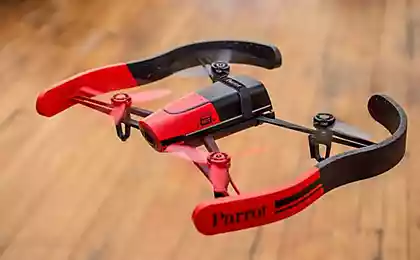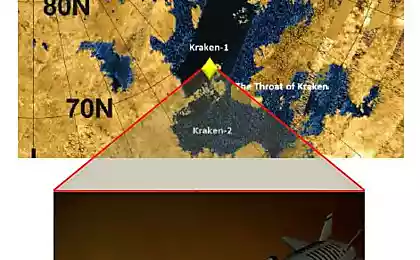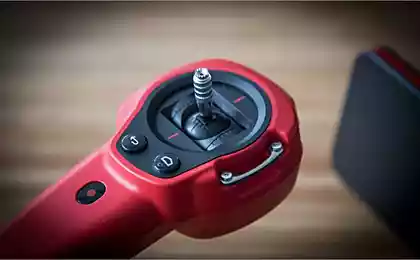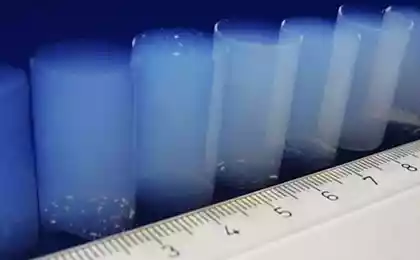1089
NASA is going to send to Titan quadrocopter for collecting samples
Titan - the largest moon of Saturn. In size it exceeds Mercury, though it is somewhat less by weight. Titanium is surrounded by a dense atmosphere, and is the only known bodies of the solar system except the earth, the surface of which is a liquid - lakes and rivers of methane and ethane. Scientists suggest that the physical conditions on Titan are quite close to those that were on Earth four billion years ago, before the advent of life. So Titan представляет huge interest for biologists. This satellite is called "frozen" in the early stages of development version of the Earth (surface temperature - minus 180 degrees Celsius). We can not exclude even that beneath the surface of Titan, there are warm bodies of water where there is life. This video gives a rough idea of the appearance of the surface of Titan apparatus according to Кассини:
The rapid progress in the development of small autonomous aerial vehicles in recent years prompted scientists to suggest использовать quadrocopter in Titan's atmosphere . Past research projects of this satellite is considered either a traditional lander, which greatly limited the area of research, or balloons and airplanes that could investigate only the atmosphere, but not the surface or helicopters are quite large in size - and thus very expensive. Small, about 10 pounds, drones supposed to run from the base of the balloon. They will be able to work within a radius of a few kilometers away - take samples of air, soil and liquids that will be investigated by the mass spectrometer at a base station.
Weight of all necessary navigation equipment today does not exceed a few tens of grams, even taking into account the need for duplication of all systems. As the "brain" of the device you plan to use advanced mobile processors - with appropriate external radiation protection and duplication they may sustain further space flight and work in conditions of Titan. The main tool of navigation will drone cameras and laser range finder. If the majority of the electronic component cold - not a problem or even an advantage, then, for example, the batteries have to be protected from minus 180 behind. For this plan to use the insulation of airgel and a small heating element.
The basic version of the configuration of the mission involves the location of the base of the balloon at an altitude of about 10 km (gravity on Titan is 7 times less than the Earth's, and the air pressure at the surface - half of the atmosphere, so that this height is not a problem). Consider other options, including the land base module.
Source: habrahabr.ru/post/227043/
The rapid progress in the development of small autonomous aerial vehicles in recent years prompted scientists to suggest использовать quadrocopter in Titan's atmosphere . Past research projects of this satellite is considered either a traditional lander, which greatly limited the area of research, or balloons and airplanes that could investigate only the atmosphere, but not the surface or helicopters are quite large in size - and thus very expensive. Small, about 10 pounds, drones supposed to run from the base of the balloon. They will be able to work within a radius of a few kilometers away - take samples of air, soil and liquids that will be investigated by the mass spectrometer at a base station.
Weight of all necessary navigation equipment today does not exceed a few tens of grams, even taking into account the need for duplication of all systems. As the "brain" of the device you plan to use advanced mobile processors - with appropriate external radiation protection and duplication they may sustain further space flight and work in conditions of Titan. The main tool of navigation will drone cameras and laser range finder. If the majority of the electronic component cold - not a problem or even an advantage, then, for example, the batteries have to be protected from minus 180 behind. For this plan to use the insulation of airgel and a small heating element.
The basic version of the configuration of the mission involves the location of the base of the balloon at an altitude of about 10 km (gravity on Titan is 7 times less than the Earth's, and the air pressure at the surface - half of the atmosphere, so that this height is not a problem). Consider other options, including the land base module.
Source: habrahabr.ru/post/227043/
New record in Germany: 50, 6% of the energy received per day by solar panels
Reusable rocket Falcon-9R successfully tested aerodynamic handlebars, rising to a height of 1 km






















